Unveiling Ismailia: Mohamed Yehia’s Quest to Celebrate a Hidden Gem
In the heart of Egypt, nestled between the bustling Port Said and the iconic Suez Canal, lies the enchanting city of Ismailia. Mohamed Yehia, a thirty-year-old Egyptian from the city, is working to unveil its beauty and charm to the world. With a master’s degree from SOAS University of London in Middle Eastern history, Mohamed carries not just knowledge but a fervent passion for his homeland.
Semsemia Tours and Immersive IT Exploration of Ismailia’s History
Mohamed’s eyes light up when he speaks about the rich history of his hometown. “Ismailia is closely tied to the 19th-century construction of the Suez Canal. It was a hub for British, French, Greeks, Italians, and of course, Egyptians”, he says.
One notable figure from this melting pot was Claude François, or Cloclo (1939-1978). Born in Ismailia to a father who worked for the Suez Canal Company, Claude grew up in the city. However, when foreigners left Egypt in 1956, Claude felt a profound loss. Mohamed Yehia notes, “It was like he lost a piece of himself, a sudden ‘fall from grace’ that left an indelible mark.”
“When it comes to Egypt, people are interested in Cairo and the Pyramids, Ismailia remains unknown and yet it played a very important role in the modern history of Egypt,” notes Mohamed.
With a dream to showcase the city’s vibrant history and heritage, Mohamed Yehia brought to life Semsemia Tours, a travel agency bearing the name of a local musical instrument. Organising guided tours since the end of 2020, Mohamed Yehia has passionately unveiled the secrets and stories of Ismailia to eager travellers, ensuring its rich legacy is not just remembered, but celebrated.
Mohamed Yehia offers unique guided tours, going off the beaten track, to both foreigners and locals alike. With the support of the European Union’s iHERITAGE initiative, these immersive experiences will soon be enhanced. Through a dedicated app, participants can delve deeper into the rich history, enriched with augmented reality visuals and informative texts.
“It was a great adventure for me. I had to write the text, choose the old photos, then for two months I was immersed in a high-tech experience; I participated in all the activities that were offered to me and it broadened my horizon », says Mohamed Yehia.

iHERITAGE Initiative: Bridging Technological Innovation and Mediterranean Cultural Heritage
iHERITAGE is an EU funded project in the framework of ENI CBCMED and covers Italy, Spain, Portugal, Lebanon, Jordan and Egypt. It aims to support technological transfer and commercialization of new AR/VR tools (virtual reality/augmented reality tools) in order to enhance the access to Mediterranean UNESCO cultural heritage through augmented and immersive experiences, by creating cross-border living labs for research and innovation.
“With a budget of 3.8 million, iHERITAGE through its varied activities benefits notably universities, researchers and SMEs. It supports education, research, technological development and innovation. The project strongly addresses cross-border issues such as the digital gap and uneven level of innovation culture across the Mediterranean” says Esmat al-Karadsheh, coordinator for the Eastern Mediterranean office of ENI CBC Med Programme.
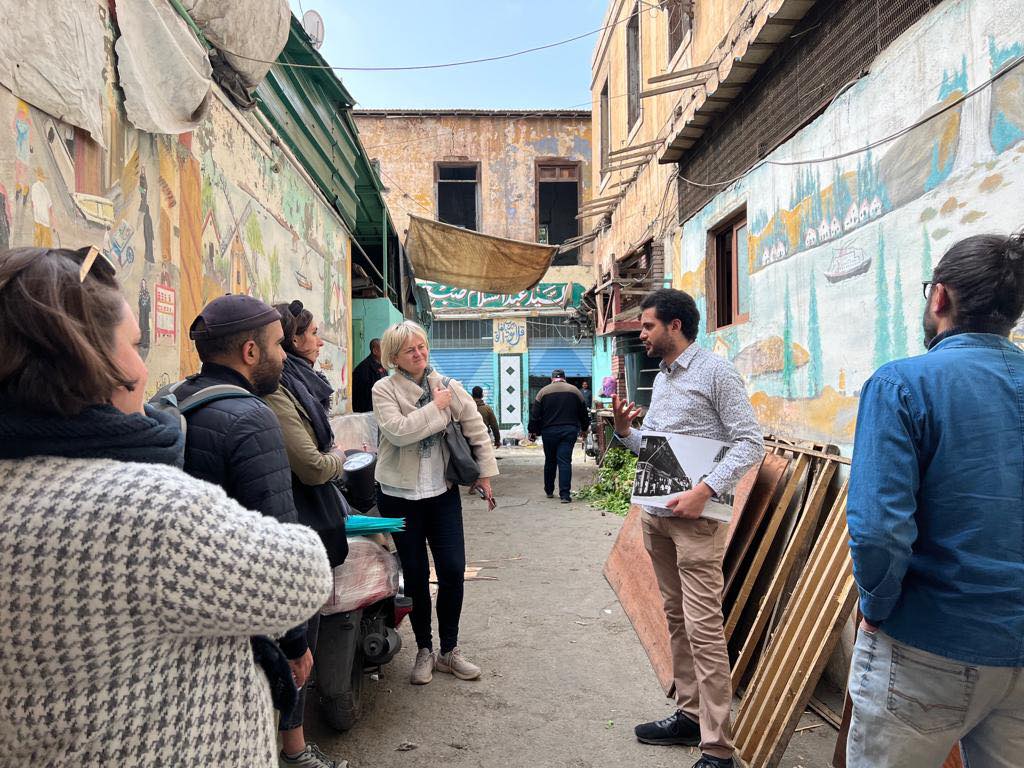
In Egypt, the iHERITAGE project is implemented by the Confederation of Egyptian European Business Associations (CEEBA). “The national strategy on culture in Egypt is one of the most developed in the Mediterranean. It treats cultural heritage in a holistic approach and marks a unique experience in the application of the latest Information and Communication Technology (ICT) innovations on heritage issues. This helps maximise ICT contributions and fosters the implementation of existing and future innovation plans such as those of iHERITAGE”, explains Marion Kussmann, chief operations officer, at Confederation of Egyptian European Business Associations
Enumerating ICT tools prototypes that were developed with the Galala University in the framework of the project, she cites : “AR/VR guided tours, 3D Recontext, Space-Time Elevator, Card Board Excursions, Virtual Archeological Reconstruction, VR Room ad VR booth and a Holographic Exhibition”
In the long term, iHeritage aims to enhance access to UNESCO cultural heritage, both at the sites themselves and digitally. This initiative will also play a pivotal role in setting up the Regional Centre for the Safeguarding and Valorisation of Mediterranean Intangible Cultural Heritage.


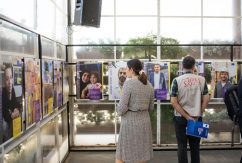
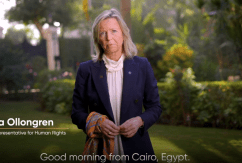
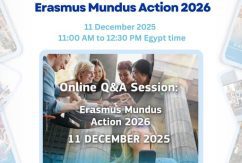
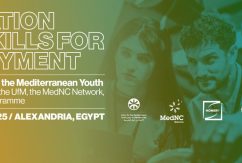
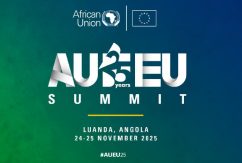
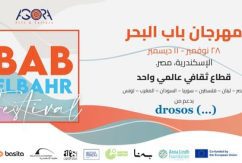




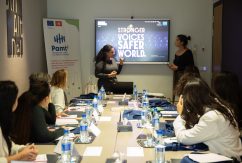
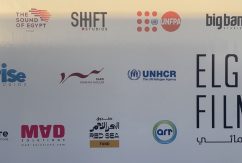
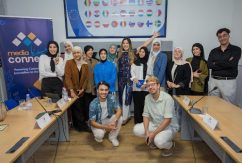
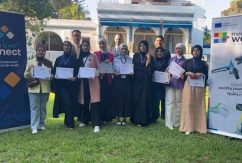




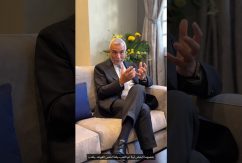
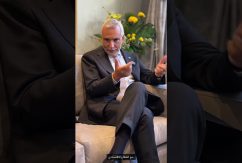
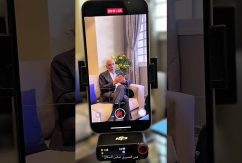

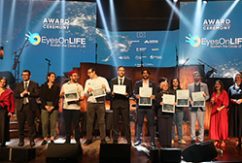
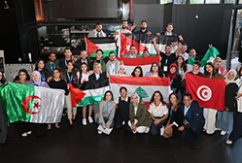



 Syria
Syria 



